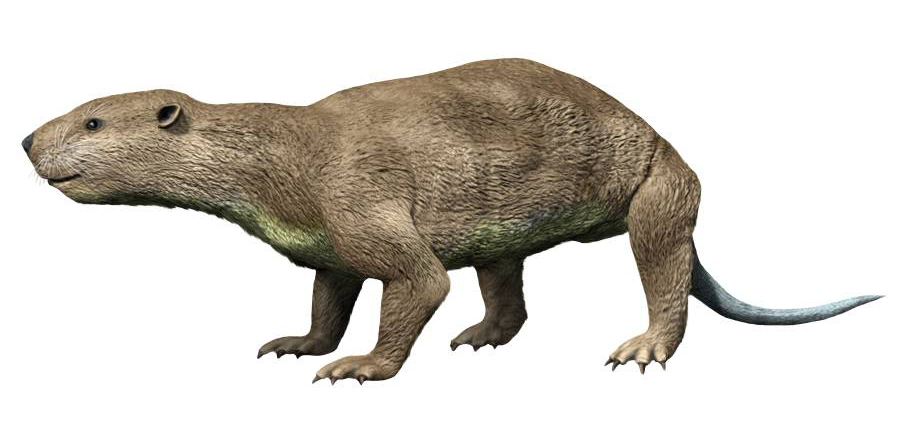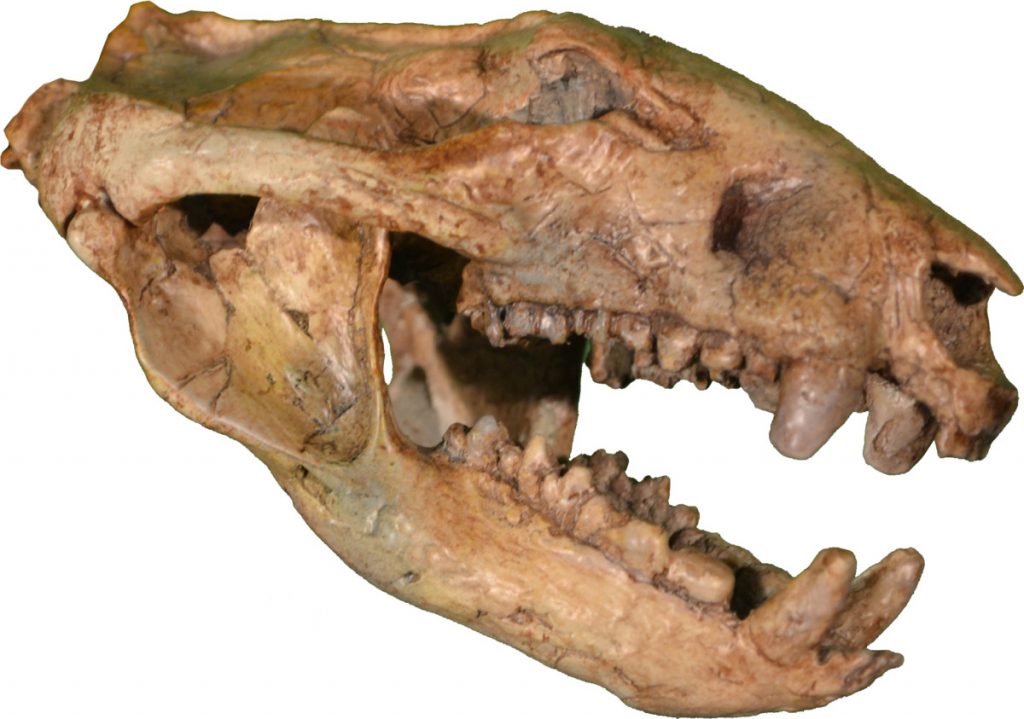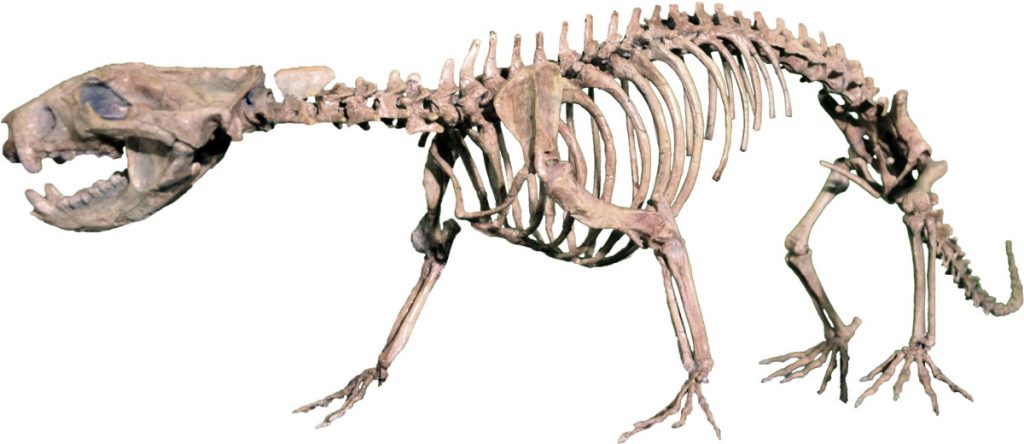
Think of the mammals that lived during the Age of Dinosaurs and tiny, shrew-like creatures scurrying around and hiding from larger reptilian predators probably come to mind.
But newly-uncovered fossil specimens described in the journal Nature Communications paint a much different picture of a fearsome, fighting creature that would have been a threat not only to those smaller, meeker mammals, but also to small dinosaurs that lived during the Mesozoic and Cretaceous Eras.
The creature, named Didelphodon vorax, was a badger-sized relative of modern marsupials. Researchers say it was likely a scavenger-predator whose teeth could crush through the bone of prey, including small dinosaurs, and it had, pound for pound, the strongest bite of any mammal — prehistoric or otherwise.

The findings suggest that the last millennia of the dinosaurs’ reign were far more varied than experts previously thought. They also change what biologists have long believed about the origins of modern marsupials.
Characterized by their live-born, but undeveloped young, which grow and suckle inside a mother’s pouch, these mammals are most commonly associated with Australia and New Guinea, but they didn’t have their roots there. Previously, there was evidence to suggest that this group originated in South America.
But based on these recent findings, it’s now believed the entire marsupial group actually first appeared in North America, as much as 20 million years earlier than once thought.

The new findings come from four fossil specimens — including a skull, a partial snout and two upper jaw bones — discovered in 66-million-year-old deposits along Montana and North Dakota’s Hell Creek Formation. Using CT scans, the researchers were able to compare the fossils to present-day mammals with known bite forces.
“I expected Didelphodon to have a fairly powerful bite based on the robust skull and teeth, but even I was surprised when we performed the calculations and found that, when adjusted for body size, it was capable of a stronger pound-for-pound bite than a hyena,” said one of the study’s co-author Abby Vander Linden in a statement. “That’s a seriously tough mammal.”
Watch the video below to see a CGI rendering of what Didelphodon might have looked like in the wild:




